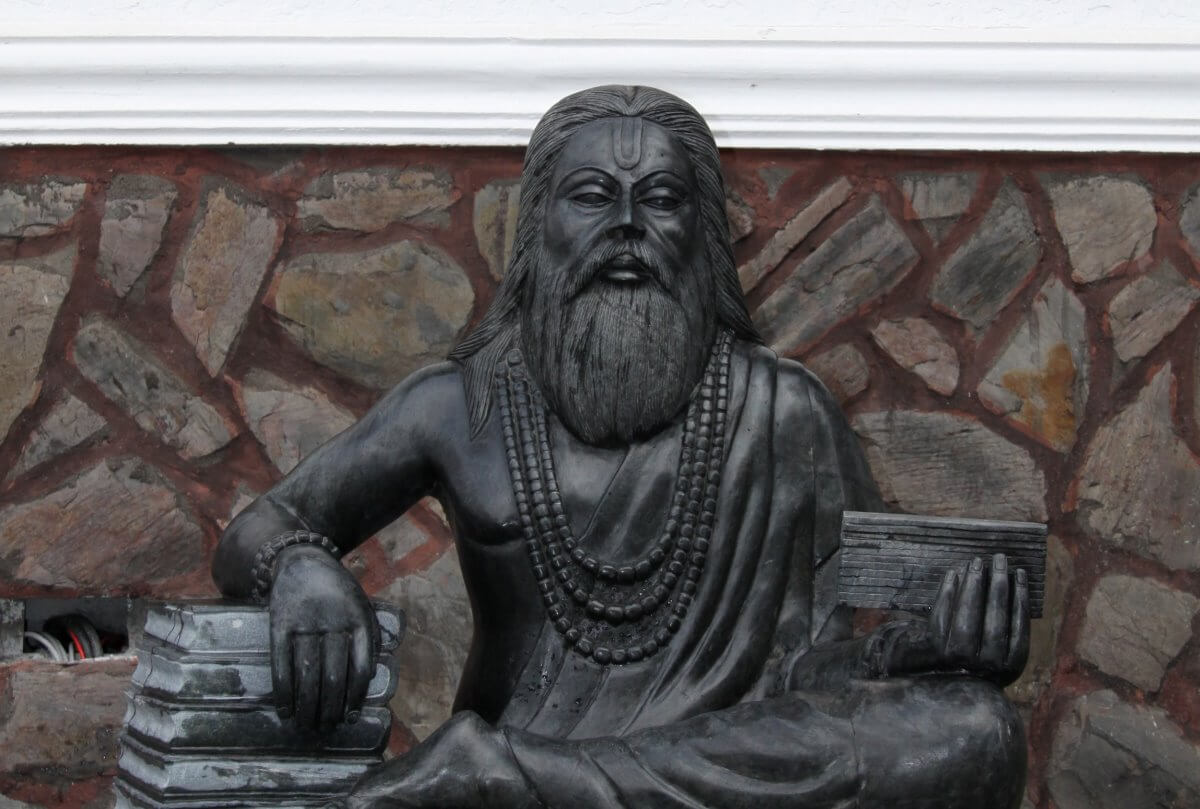The Kama Sutra is an ancient Indian Sanskrit text that has been a cornerstone of Indian cultural heritage for centuries. Written around 1,500 years ago by Vatsyayana, this seminal work on human sexuality and emotional fulfillment continues to captivate audiences worldwide with its rich imagery, nuanced exploration of love and intimacy, and timeless wisdom on the art of relationships.
Themes and Ideas
The Kama Sutra covers a wide range of topics relating to eroticism and desire, including courtship, love, and keeping sex exciting after many years together.
- Role of Kama: The importance of pleasure and desire in human life.
- Confidence: The need for confidence and self-assurance in romantic relationships.
- Persistence: The value of persistence and determination in pursuing one’s desires.
- Deception: The potential risks and consequences of deception in romantic relationships.
- Attention to Behavior: The importance of paying attention to one’s behavior and its impact on others.
Misconceptions and Criticisms
Not Just a Sex Manual
Contrary to popular perception, the Kama Sutra is not merely a book of sexual positions. While it does contain descriptions of various sex acts, its scope extends far beyond that. The text covers a wide range of topics related to eroticism and desire, including courtship, love, and keeping sex exciting after many years together.
Misconceptions About the Kama Sutra
The Kama Sutra has been misunderstood as being solely focused on sexual pleasure. However, it is actually an ancient Indian book about how to live well, with teachings on ethics, material success, and eroticism. The text emphasizes the importance of deepening intimacy and understanding between partners, rather than just focusing on physical gratification.
Criticisms of the Kama Sutra
Some critics have argued that the Kama Sutra promotes promiscuity and immorality . However, this view is based on a misunderstanding of the text’s true nature. The Kama Sutra is actually an incredibly liberal text that values a woman’s sexual pleasure as essential to the act .
Impact and Legacy
Influence on Indian Culture
The Kama Sutra has had a significant impact on Indian culture, particularly in the realm of sexuality and relationships. As one of the oldest surviving texts on the subject, it has shaped the way Indians think about and approach love, intimacy, and pleasure. The text’s emphasis on mutual respect, communication, and consent has influenced Indian attitudes towards sex and relationships.
Legacy in Literature and Art
The Kama Sutra has also had a lasting impact on literature and art. Its descriptions of various sexual positions and techniques have inspired countless works of fiction, poetry, and visual art. The text’s use of metaphor and symbolism has been particularly influential, with many artists drawing inspiration from its rich imagery.
Modern Relevance
Despite being written over 1,500 years ago, the Kama Sutra remains surprisingly relevant today. Its emphasis on mutual respect, communication, and consent is particularly timely in an era where #MeToo and other social movements are highlighting the importance of healthy relationships. The text’s focus on pleasure and emotional fulfillment also resonates with modern attitudes towards sex and intimacy.
Criticism and Controversy
Not everyone has been pleased with the Kama Sutra’s legacy, however. Some have criticized its explicit content as being too graphic or even pornographic. Others have argued that the text perpetuates negative stereotypes about women and non-binary individuals. Despite these criticisms, the Kama Sutra remains an important part of Indian cultural heritage and a significant influence on literature and art.
Legacy in Popular Culture
The Kama Sutra has also had a lasting impact on popular culture. Its title has become synonymous with sex and relationships, and its imagery has been referenced countless times in film, television, and advertising. The text’s emphasis on pleasure and emotional fulfillment has also influenced modern attitudes towards love and intimacy.
Kama Sutra
Overview
The Kama Sutra is an ancient Indian Sanskrit text on sexuality, eroticism and emotional fulfilment in life. It contains information about hygiene and sexual positions, and advises how not to cause havoc in a harem, how to deal with courtesans and how to keep sex exciting after many years of marriage. The text also explores the art of lovemaking, eroticism, and sensual gratification through a cultural lens, covering topics such as courtship, love, and mindful loving.
The Kama Sutra is considered one of the oldest extant Indian scientific treatises on the subject of pleasure, written in the 3rd century CE by Vatsyayana. It is part of a larger body of Sanskrit literature that includes religious scripture, various forms of poetry (such as epic and lyric), drama and narrative prose.
The text has been translated into many languages and has had a significant impact on Western culture, with parodies such as “Congress Uncovered: The Kama Sutra parody designed to make sex a turn-off” being published in 2024.



